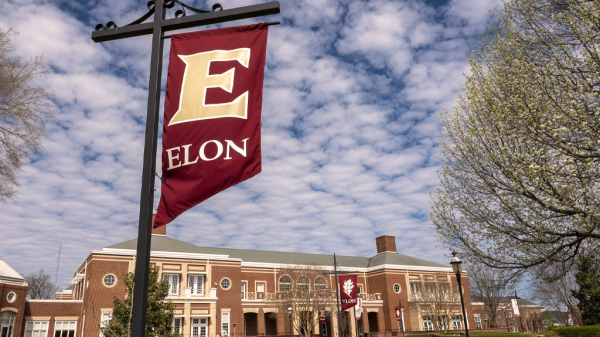In the upcoming issue of Fortune, Warren Buffett pens his annual letter revealing his best investment, and equates the market to sex. As one of the most successful investors of our lifetime, and one of the wealthiest men in the world, when he speaks, the world listens. When he gives hints about what steps he took to build his empire, ears perk up.
Buffett shares what his best investment is, and tells the backstory behind some of his most successful investments.
![]()
Buffett writes that he bought a large farm in Omaha in 1986 for $280,000 which is now worth five times what he paid for it, but he knew nothing about operating a farm when he invested, but had a son who was interested in farming.
In 1983, Buffett purchased a retail property near the New York University campus that he still has not visited in person to this day.
He opines that anything that promises quick profits should be met with a quick “no,” and equates a bull market to sex, invoking Barton Biggs’ sentiment that “it feels best just before it ends,” and timing is everything in the market. And on the topic of the market, Buffet directly advises, “Put 10 percent of the cash in short-term government bonds and 90 percent in a very low-cost S&P 500 index fund.”
And his “best” investment ever?
Buffett says that aside from purchasing his two marriage licenses (his first wife passed away in 2004, he remarried in 2006), his best investment ever wasn’t a property or a stock, it was a 640-page book he bought in 1949, called The Intelligent Investor by Benjamin Graham.
“I can’t remember what I paid for that first copy of The Intelligent Investor. Whatever the cost, it would underscore the truth of Ben’s adage: Price is what you pay; value is what you get.”
In his essay, Buffett explains in full:
“Before reading Ben’s book, I had wandered around the investing landscape, devouring everything written on the subject. Much of what I read fascinated me: I tried my hand at charting and at using market indicia to predict stock movements. I sat in brokerage offices watching the tape roll by, and I listened to commentators. All of this was fun, but I couldn’t shake the feeling that I wasn’t getting anywhere.
In contrast, Ben’s ideas were explained logically in elegant, easy-to-understand prose (without Greek letters or complicated formulas). For me, the key points were laid out in what later editions labeled Chapters 8 and 20. These points guide my investing decisions today.
A couple of interesting sidelights about the book: Later editions included a postscript describing an unnamed investment that was a bonanza for Ben. Ben made the purchase in 1948 when he was writing the first edition and — brace yourself — the mystery company was Geico. If Ben had not recognized the special qualities of Geico when it was still in its infancy, my future and Berkshire’s would have been far different.
The 1949 edition of the book also recommended a railroad stock that was then selling for $17 and earning about $10 per share. (One of the reasons I admired Ben was that he had the guts to use current examples, leaving himself open to sneers if he stumbled.) In part, that low valuation resulted from an accounting rule of the time that required the railroad to exclude from its reported earnings the substantial retained earnings of affiliates.
The recommended stock was Northern Pacific, and its most important affiliate was Chicago, Burlington & Quincy. These railroads are now important parts of BNSF (Burlington Northern Santa Fe), which is today fully owned by Berkshire. When I read the book, Northern Pacific had a market value of about $40 million. Now its successor (having added a great many properties, to be sure) earns that amount every four days.”








































Pingback: DRAFT: the investing app for people who think investing apps are stupid - AGBeat
Pingback: At what age did these top 21 entrepreneurs became billionaires? - The American Genius
Pingback: Warren Buffett feeling hella optimistic about business in America - The American Genius